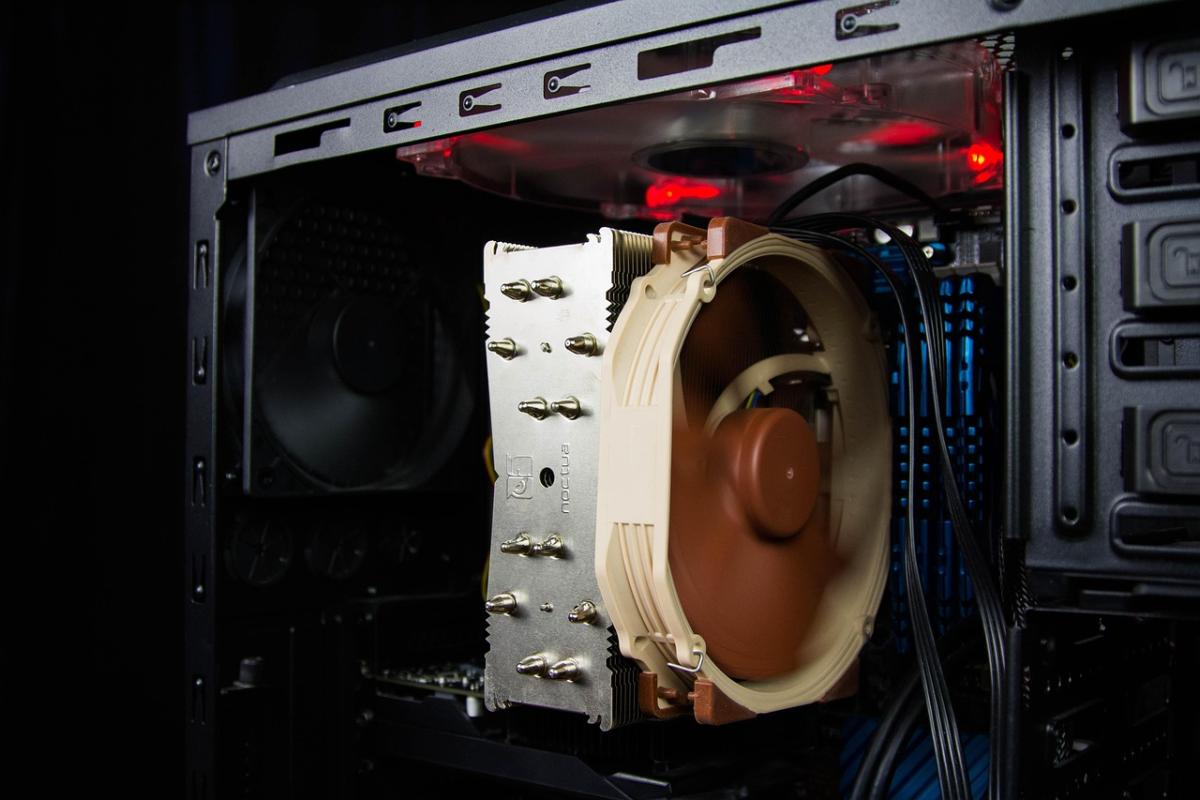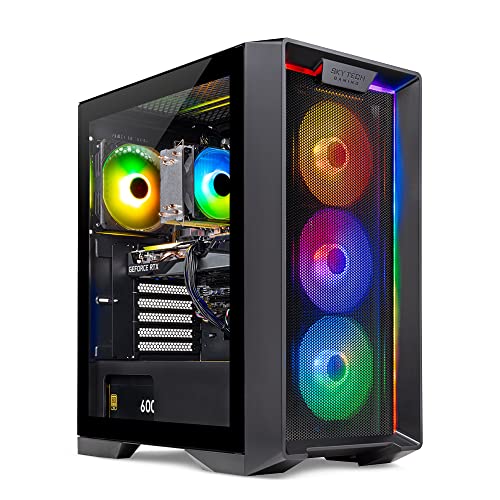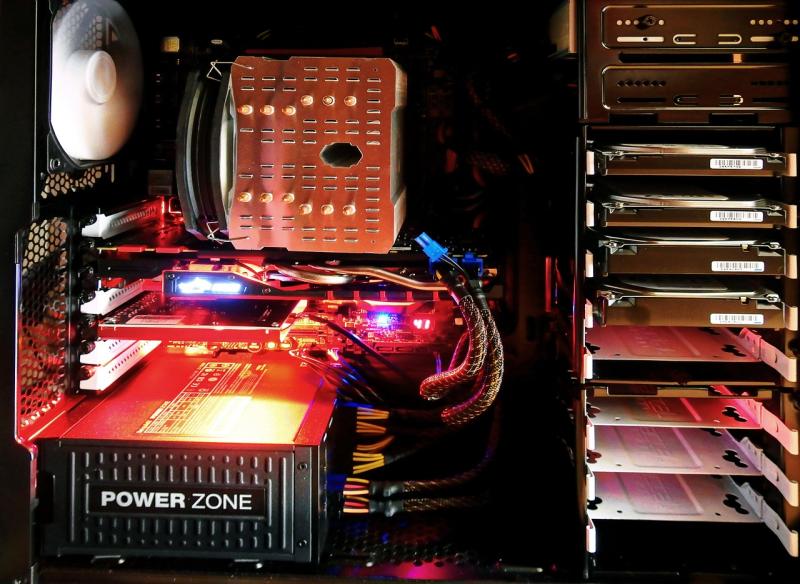Low system latency is paramount for competitive gaming and real‑time applications. Reducing both input lag and processing delays is essential to ensure a smooth and responsive user experience on high‑performance PCs.
Fine‑tune operating system and driver settings to minimize delay in data processing. Use tools to monitor latency across the system, adjusting network settings and hardware configurations where needed. Overclocking components such as the CPU and GPU within safe margins, and employing high‑speed memory can also help reduce internal latency. Dedicated gaming modes and real‑time diagnostics further contribute to a responsive system.
Prioritize wired connections and advanced networking gear to reduce external latency. Regular firmware updates, minimizing background processes, and implementing low‑latency screen modes bolster system responsiveness. Continuous monitoring ensures that latency improvements are sustained even under peak load conditions.
Optimizing system latency is critical for achieving a fluid gaming and real‑time application experience. By implementing targeted hardware and software adjustments, you can reduce delays and create a highly responsive high‑performance PC that meets the rigorous demands of competitive environments.
Maximizing System Latency Reduction for Competitive Gaming and Real-Time Applications
Introduction
Low system latency is the linchpin of a truly immersive and competitive gaming experience. Whether you’re battling in an online arena or running latency-sensitive applications like live audio processing, every millisecond of delay can tip the scales against you.
This comprehensive guide dives deeply into proven techniques—spanning software tweaks, hardware tuning, and network optimizations—to craft a high-performance PC environment that responds instantly to your every command.
Implementing these strategies not only slashes input lag and processing delays but also transforms your system into a responsive powerhouse ready for the most demanding real-time workloads.
Understanding System Latency
System latency represents the total delay between an external event (e.g., pressing a key or moving your mouse) and the corresponding response rendered on screen or processed by software. It breaks down into three core components:
- Input latency: Time taken for peripherals (keyboard, mouse, gamepad) to register and transmit signals.
- Processing latency: CPU and GPU cycles required to interpret, compute, and render data.
- Output latency: Display response time and network transmission delays when playing online.
Every link in this chain must be optimized to achieve sub-10 ms total latency for elite competitive play.
Measuring and Diagnosing Latency
Before making changes, establish a baseline using specialized tools:
- LatencyMon (Windows): Profiles driver-induced DPC (Deferred Procedure Call) delays.
- PresentMon: Tracks frame submission and display intervals.
- PingPlotter or WinMTR: Visualizes packet latency and jitter to gaming servers.
- High-speed camera test: Records a timer display and keyboard press to calculate end-to-end response.
| Tool | Metric Measured | Acceptable Range |
|---|---|---|
| LatencyMon | DPC Latency | < 100 µs |
| PresentMon | Frame Latency (CPU→GPU→Display) | 10–16 ms per frame |
| PingPlotter | Network Round-Trip Time | < 30 ms |
| High-speed camera | Total Input-to-Display Lag | < 20 ms |
Operating System and Driver Optimizations
- Enable High Performance power plans in Windows to lock CPU states.
- Disable CPU core parking and C-states in Power Options or via registry tweaks.
- Under Device Manager, turn off USB selective suspend and power saving on network adapters.
- Update chipset, LAN, and GPU drivers to the latest certified versions; avoid beta releases unless troubleshooting.
- Activate Game Mode in Windows 10/11 and assign CPU affinity to your target application using Task Manager or tools like Process Lasso.
Network Latency Reduction Techniques
- Opt for wired Gigabit Ethernet over Wi-Fi to avoid packet loss and variable jitter.
- Upgrade to a router with Quality of Service (QoS) features, prioritizing gaming ports (e.g., UDP 3074).
- Implement Traffic Shaping or DSCP Tagging to assign low-latency priority to game packets.
- Use a gaming VPN or direct peering services to shorten the path to your game server.
- Regularly update router firmware; disable unused features like SPI firewall or deep packet inspection that add latency.
Hardware Tuning and Safe Overclocking
- Use BIOS/UEFI to modestly raise base clock frequencies (BCLK) and adjust CPU core voltage conservatively.
- For NVIDIA GPUs, increase core clock by +50–100 MHz and memory clock by +200–300 MHz with MSI Afterburner, monitoring for artifacting.
- Enable XMP or DOCP profiles in BIOS to switch RAM to its rated high-speed profile (3200 MT/s or higher).
- Consider low-latency memory kits (CL14 or CL16) for sub-10 ns CAS latency.
- Maintain CPU and GPU temperatures below 75 °C using high-flow cases, premium thermal paste, or custom liquid cooling loops.
Memory and Storage Considerations
- Deploy NVMe SSDs on PCIe 3.0×4 or PCIe 4.0×4 slots for sub-200 µs random read/write times.
- Disable Windows indexing and scheduled defragmentation on SSDs.
- Use dual-channel memory configurations to double available bandwidth.
- Turn off memory paging on HDDs for applications where every microsecond counts.
Continuous Monitoring and Diagnostics
- Install real-time monitoring dashboards such as HWiNFO64 or Open Hardware Monitor.
- Schedule weekly checks of DPC latency, network RTT, frame times, and thermal logs.
- Automate alerts via scripts (PowerShell or Linux cron jobs) that notify you when thresholds are breached.
- Maintain a change log documenting driver updates, BIOS flashes, and configuration tweaks for easy rollback.
Step-by-Step Latency Optimization Workflow
- Measure baseline latency across input, processing, and network.
- Apply OS tuning: power plan, core parking, USB/NIC power settings.
- Update drivers and activate real-time modes.
- Optimize network: switch to wired, enable QoS, fine-tune traffic rules.
- Overclock CPU, GPU, and enable high-speed memory profiles.
- Upgrade storage to NVMe SSD and disable unnecessary OS services.
- Implement continuous monitoring and alerting.
- Re-measure latency and compare against baseline; iterate as needed.
Conclusion
Achieving ultra-low system latency is a multi-faceted endeavor that demands meticulous hardware tuning, operating system refinements, and advanced networking configurations. By systematically measuring, adjusting, and monitoring every link in the input-to-output chain, you can consistently reach the sub-20 ms response times required for elite gaming and real-time applications.
The payoff is a responsive, jitter-free user experience that delivers every click, keystroke, and packet in record time—an undeniable competitive advantage in today’s high-speed digital arenas.
Further Reading and Tools
- LatencyMon
- MSI Afterburner
- PresentMon
- QoS Setup Guide for Gaming Routers (PCWorld)
- Real-Time Linux Kernel Patches for Audio/Video Production







